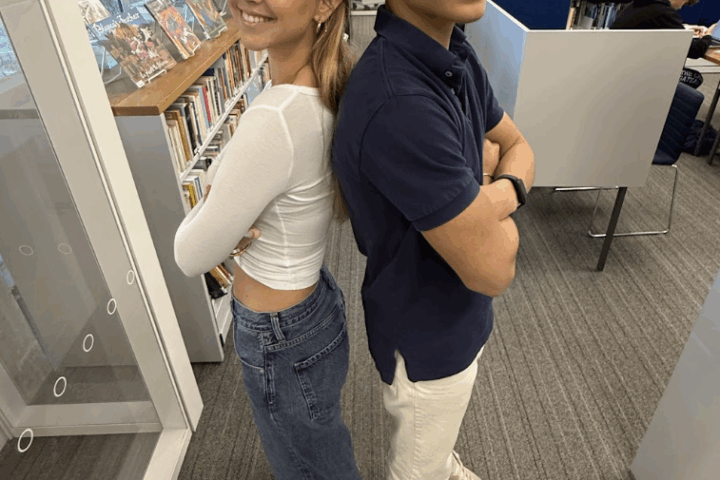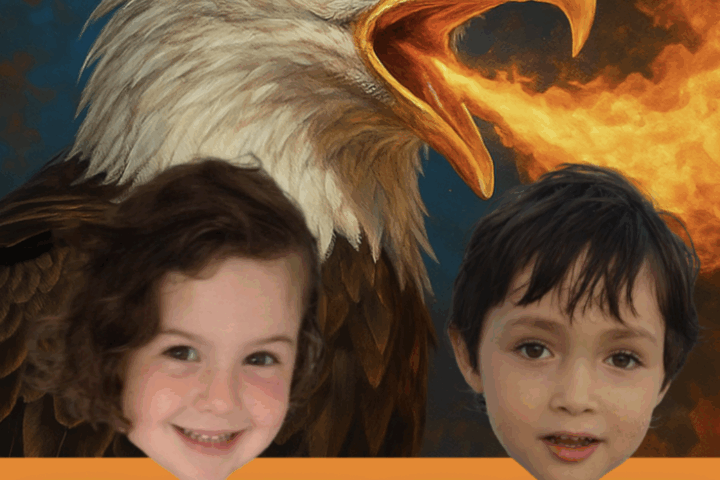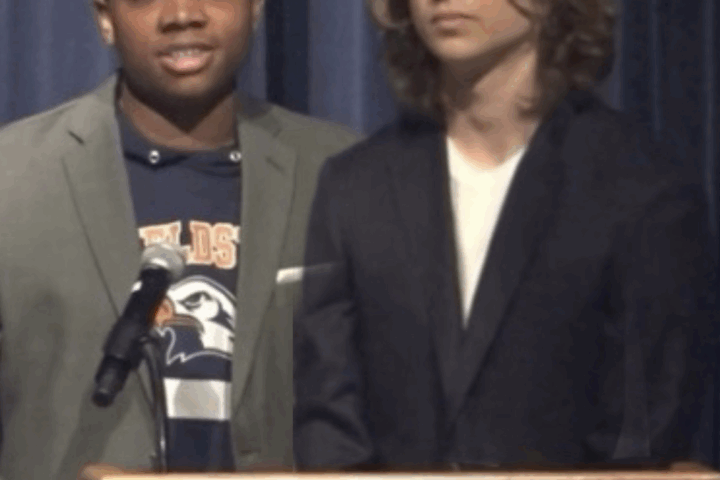This year, Fieldston’s STS program, which has also gone remote, is taking on a much different form than it has in the past, and is facing a whole new set of challenges. The leaders seem to be making it work.
In a typical year, STS is a hands-on interaction with high school and middle school students. Often involving a variety of group activities in which leaders interact with each other and are able to have meaningful conversations. Whether a game of dodgeball or a heart to heart deep conversation this program has connected with countless middle school students throughout the years and this year with certainty brings complexity to this hands-on program.
Eighth grade STS leader Amani Creamer (V), shared her experience working with the middle school during this time. “I think it definitely has been pretty challenging designing lessons that the kids will enjoy and be engaged in.”
The 8th-grade leaders were concerned about virtual learning adding to the discomfort of certain topics. Creamer said, “Normally in STS Eight there are a lot of difficult topics discussed (sex ed, porn, mental health, body image) and we had to find a way to do that online. Obviously, it was a lot more difficult and I do think the kids were a little less comfortable than we would have liked but it was definitely better than I expected personally.”
Given both the Middle and High School have begun the transition to hybrid learning, Creamer also added how beneficial it was meeting her students this week (even for a limited time). “It’s actually been really great for all of us who were in last week to meet the kids because even after seeing them once you get a much better sense of their personality and how they like to learn,” she said.
However, Creamer noted that the hybrid model of learning is still far from perfect. “Seeing our students in person half the time isn’t how we hoped it would be. I’m sure everyone remembers how many games we play and how we share food and all of that, which we obviously can’t do now.” Creamer talked about how she and her co-leaders have had to rearrange the lesson plans to fit this remote world.
“We definitely had to add in a lot of videos and a lot more discussion prompts, since kids are a lot less likely to just unmute and talk or ask questions the same way they would in class. I think it’s difficult with STS Eight because of the topics, but also because all of our kids are at different points in their learning, and it’s really hard to figure out online what they know and what they don’t.”
Eighth grade STS leader Micah Kittay (V), mentioned similar concerns with adapting to the remote learning process. He discussed the difficulties that come with cameras turned off and how that has affected his teaching style. “When they have their videos off, it is extremely hard to ascertain what they think of a lesson or if they are engaged. Generally, you can get a sense of a student’s thoughts of a lesson by the vibe in the room, but that is obviously much harder when they are boxes on a screen.” Kittay’s solution to this problem is to cold call or ask the students to read a definition on a slide to ensure that they are paying attention.
Kittay also talked about frequent feedback forms the STS program sends out to students to ensure they understand their thoughts and what the leaders and faculty can do to accommodate the new challenges. A large number of students gave feedback centered around short breaks and walks to take a break from the screen for a bit. Kittay believes this has worked well and he can see results from these accommodations. “The two-minute breaks to get some water are super helpful and generally, they are more engaged after that.”
Overall, however, both Creamer and Kittay agree that conducting such a meaningful program through remote learning is not ideal and they are hopeful for a full schedule of in-person learning in the Spring. But despite the challenges, they have loved getting to know their students (by whatever means) and are working tirelessly to create enjoyable learning and lesson planning to adapt to this new way of learning.





